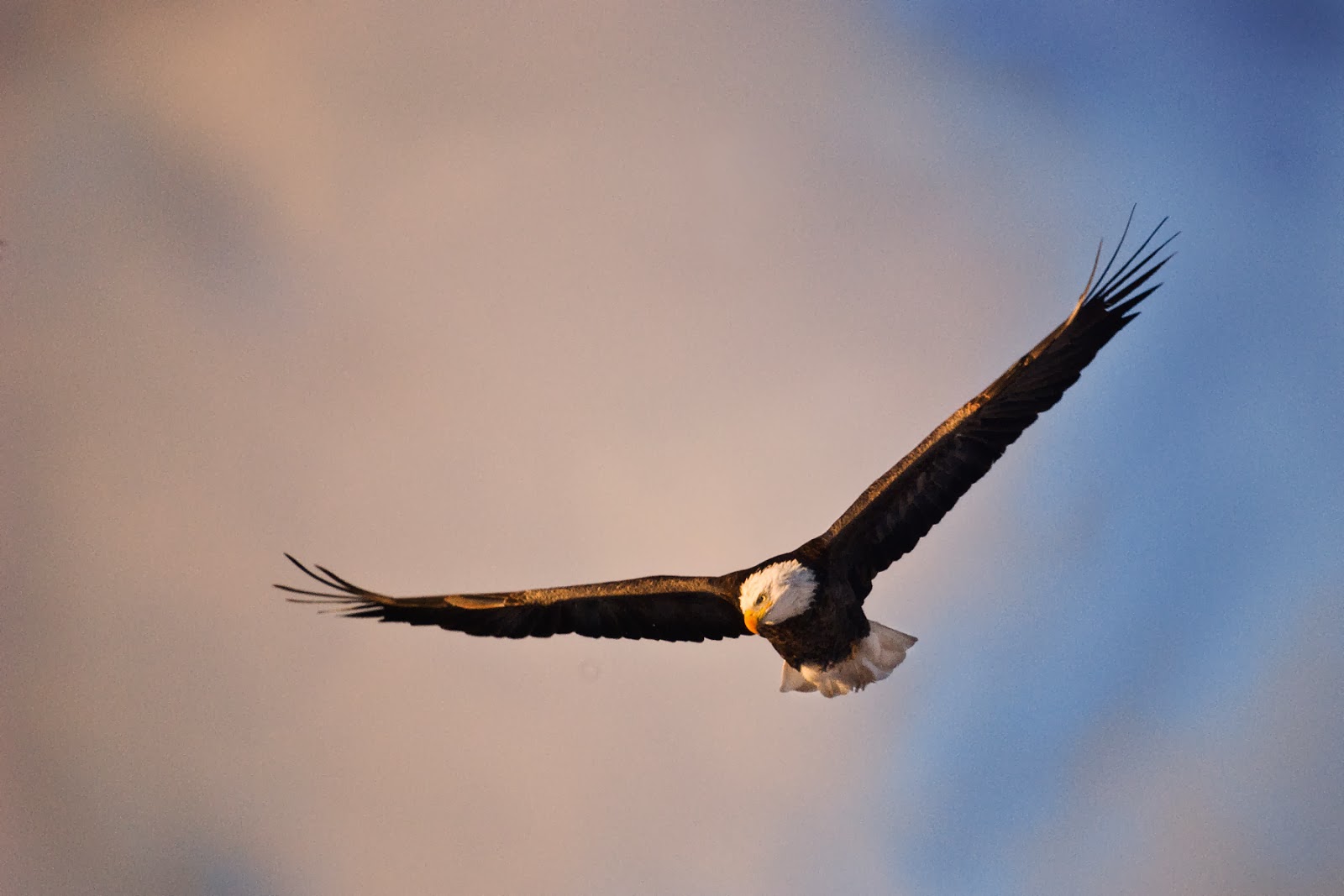Chris’s work is unique in that the idea is not to create
some stunning landscape or beautiful portrait. No he creates photographs out of
the objects, sometimes garbage that illustrates a large complex number. Chris’s
website, Chris Jordan Running the Numbers: An American Self-Portrait shows his
latest works followed by facts about the subject of each photograph. In one he
has letter blocks that explains how important education is. Once you click on
the image it zooms out to reveal that each block is made of many blocks to
eventually illustrate what 1.2 million children that drops out of school each
year looks like. And that is his point.
Chris explained in an interview with Chase Jarvis, that
someone can tell you that 1 million cups are used every 6 hours on American
airway each day but do you really understand what 1 million looks like? That is
what Chris has set out to show us. We hear big number but we don’t know how to comprehend
it. And most of the subjects and numbers
that he creates in to art are, unlike his images, disturbing.
On project photography the dyeing and dead birds full of
plastic on Midway Island Chris moved from the realm of stills to moving
picture. Again listing to his interview I felt that the subject matter was so
compelling those photographs were not enough to convey this story. With
donations he started to create this documentary that shows the beauty and grief
of these birds on to the big screen. At last news update Chris was showed the
film last April. Any further news of the film I will be sure to bring it up.
What attracts me to Chris’s work is the fact he is able to
create his large panel art using a photo repeatedly to show you what a statically
large number looks like. I have never see one in person but I would image, like
Chuck Close’s work that the majority of people walk up close to see the finder
detail. Chris, at least to me, motivates me to look at my life and how I impact
all that is around me. Overall Chris shows the unintended consequences of our
actions and that is very appealing to me. I also feel that need to show the
unintended consequence of those around my little world.










